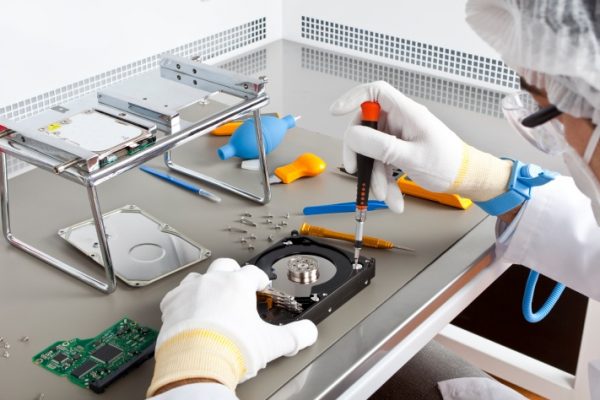3 Step Guide to Selecting the Right Disaster Recovery Solution
Whether it's a ransomware attack, a natural disaster, or corruption of a customer's database, you wish to ensure that your service's IT system can recover. Having a business continuity and disaster recovery (BCDR) https://itleaders.com.au/it-solutions-for-professional-services/ strategy is important. There are a wide variety of BCDR solutions (on-premise, hybrid, or cloud-based), and it's crucial to choose the best one for your organization requirements. Here's what you ought to be keeping an eye out for when examining your next BCDR solution.
Find the Right Business Continuity/Disaster Recovery Solution in 3 Steps:
1. Assess BCDR and DRaaS Solutions
One of the biggest elements when selecting a BCDR solution is determining whether you'll outsource assistance or handle it internally. If you plan on contracting out support, you'll need to partner with a handled companies (MSP) that excels in connection and compliance services. Because many BCDR options integrate cloud, software, and hardware elements - you'll need a process to support your virtual properties, regional servers and desktops. BCDR hardware has numerous purposes consisting of:


Hosting BCDR software
Sending server images to the cloud for catastrophe healing
Keeping local copies of backup server images for regular restores
Acting as the primary server throughout a failover, enabling company to continue throughout restoration
BCDR software application is utilized to automate and manage backup and healing procedures. After a preliminary full server backup, BCDR software application takes managed it service incremental pictures to create "recovery points" or point-in-time server images. Healing points are utilized to restore the state of a server or workstation to a specific moment (before it stopped working or data was damaged).
2. Look For BCDR Cloud Options
The https://itleaders.com.au/it-solutions-for-mining-industry/ very best BCDR options have a cloud backup as well as a healing component. This is since the cloud serves 2 functions in a BCDR solution. The very first is to offer offsite storage area for server and workstation images utilized for brings back. The second is to take control of important operations when a failover takes place.
Backups can be stored locally - on a home appliance or backup server in your data center - or from another location, in the cloud. For BCDR, it's finest to keep copies of your backups in both locations. In other words, if it's not possible to bring back a system locally, you can failover to the cloud. Similarly, your solution ought to deal with a range of information restoration scenarios, ranging from restoring a few lost files to recovering from a complete server failure or the damage of multiple servers and PCs. Restoring from local backups is much faster, while the option of failing over to the cloud gives you ultimate defense against worst-case scenarios.
3. Address Security and Compliance Frameworks
A BCDR needs to deal with ransomware detection, point-in-time rollback abilities, and data immutability. It's essential to look for BCDR solutions that comply with Service Organization Control (SOC 1/ SSAE 16 and SOC 2 Type II) reporting standards and function two-factor authentication. This can help protect your data and minimize the requirement for manual intervention. If you wish to discover how to keep your company healthy and secure, reach out to us for a complimentary IT consultation.